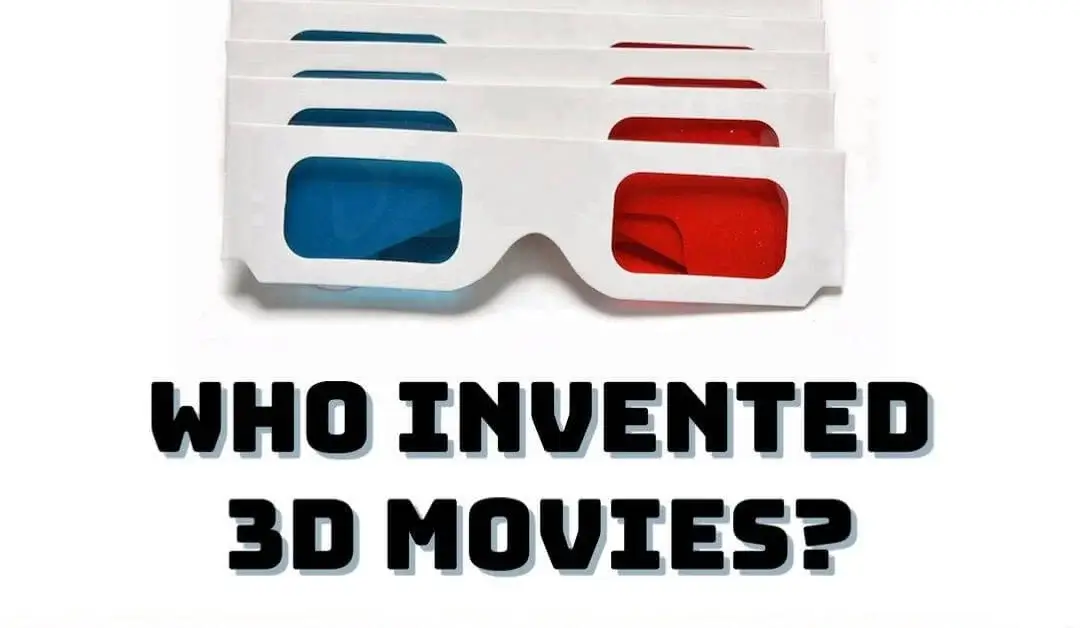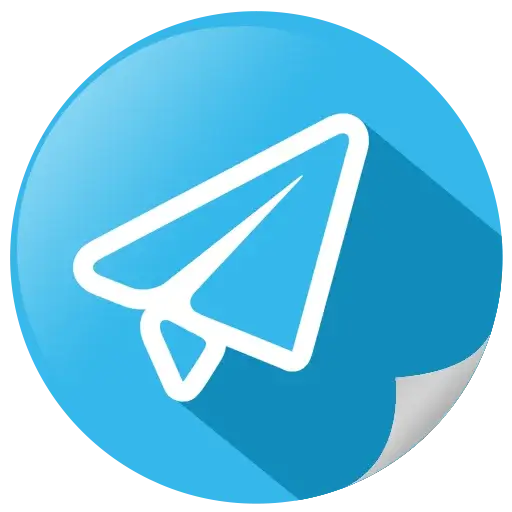Who invented 3D movies? History, facts and the first 3d movies
 1 329
1 329 0
0
Standing in line in front of a theatre, anticipating what will happen when you finally sit back in your seat, is an unforgettable experience for all moviegoers. A clever storyline unfolding in front of you is great, but having majestic heroes floating around your head takes the experience to a whole new level. What about diving straight into the depths of the ocean to explore legendary wreckages via red/blue glasses? Nothing is impossible when supreme technology and quality flicks merge into a spectacular combination!
We have had the privilege of witnessing the stunning evolution of film over the last couple of decades, from simple flicks to modern marvels. Three-dimensional movies are widely regarded as outstanding technological achievements, but who invented 3D movies? It all started in the late 1800s and influenced the entire movie industry's evolutionary path. The stereoscopic technique, which broadcasts movies on two independent screens, was patented by William Friese-Greene in 1894 in the hopes of giving the audience a more genuine experience. Instead of the modern-day glasses, viewers utilized a stereoscope, which combined two images to create a three-dimensional illusion.
One of the first films to exploit Friese-Greene's invention was L'arrivee du train, which debuted in 1903. The Lumiere brothers' short film revolved around a train approaching its station slowly. A few audience members felt as if they were about to be run over, proving that the technology used was seen as spectacular.
The trend continued throughout 1920-1950s
In 1922, a film named The Power of Love was released, marking the first time that anaglyph spectacles were available to the public. Regrettably, the film has been lost and never made it to the 3D archive. The Great Depression influenced the whole society and halted the technological progress of movies as well. During this difficult time, Audioscopiks was the only film that could be considered a success. It won an Academy Award for Best Short Subject in 1936 for its appeal and unique technique of luring viewers into the plot.
Edwin H. Land invented the polarizing sheet and later helped to found Polaroid, believing that this technology had enormous potential in advancing three-dimensional technology. The first colour film to use Land's filters was Bwana Devil, a 1952 film that pioneered the technique. Despite the film's negative reviews, the audience loved it! By the end of the first week, it had earned more than $95,000.
House of Wax, released in 1953, is considered one of the first horror films. The picture was the first to employ stereophonic sound, which enhanced the entire immersive experience. The plot followed a deranged artist who used wax figures of his victims to display in his museum. The film House of Wax made $4.3 million! Newspapers claimed that the theatres were filled with screams from the screen and audience.
From 1952 to 1955, three-dimensional movies were in their heyday. During this time, 50 films were released in a variety of genres. Regrettably, the Golden Age came to an end due to a slew of technical issues that plagued the film business.
The second renaissance
The Mask, which premiered in 1961, brought the audience back to theatres with the strange story and a ghastly main character. Anaglyph glasses were still being used by the audience to appreciate the thrilling moments. Soon after, a producer named Arch Gobler developed a new technique for combining two stereoscopic pictures into one, improving the sound and visual synchronization of movies.
In 1970, a company called Stereovision produced yet another revolutionary technique, with Friday the 13th Part III and Jaws among the most prominent films that use the so-called Stereovision technology. Despite advancements in technology, movies that boasted a three-dimensional feel remained inconvenient for cinemas and costly for creators. Audiences, on the other hand, were tired of anaglyph spectacles that had been used in the industry for more than three decades.
The rise of the new technology
In the 1980s, IMAX brought 3D movies back to life. The system provided audiences with larger displays and higher production standards than previous low-budget films. Disney, too, had embraced the new wave, screening Coppola's Captain Eo, a science fiction film starring Michael Jackson. The theatres went above and above to increase the excitement of the audience that attended the film in theatres by employing extraordinary visual effects such as laser light, fog, and moving seats during the most thrilling parts.
Until the debut of the film Transitions, the old-fashioned glasses remained a concern. The film introduced polarized lenses, which allowed viewers to watch a film from a number of angles without losing quality. IMAX cinemas screened incredible films like Honey, I Shrunk the Audience, Jim Henson's Muppet-Vision, and Battle Across Time in the late 1980s and 1990s.
James Cameron's documentary on the legendary ship Titanic, Ghosts of the Abyss, displayed current technology and demonstrated its true potential. To make his film a piece of art, Cameron used high-definition cameras. Robert Rodriguez's films The Adventures of Shark Boy and Lava Girl, Spy Kids: Game Over all followed a similar path.
The next step for filmmakers was to figure out how to turn two-dimensional films into three-dimensional ones. They took a chance on Superman Returns and smacked the ball out of the park. Many films, including Titanic, Clash of the Titans, and Alice in Wonderland, have been remade to feel more realistic since then. All of these films were box office successes, but Avatar remains one of the most notable in the genre. To create the captivating alien planet of Pandora, James Cameron employed a combination of powerful, custom-built cameras and clever, modern software.
Will it vanish again?
Throughout history, the development of three-dimensional films has gone through numerous ups and downs. The audience lost interest at times, and economic and technological challenges halted progress at other times. Despite the fact that 3D movies technology requires special glasses, and the movie business continues to struggle to fund bombastic films that put spectators at the centre of attention, the technology is still in use today. After all, what could be more entertaining than donning those ridiculous glasses and witnessing amazing sights, fascinating stories, and vivid characters? Will the technology advance to new, unthinkable heights, or will it perish once more until some visionary resurrects it? We'll have to wait and see! Meanwhile, have fun!
 Add comment
Add comment









